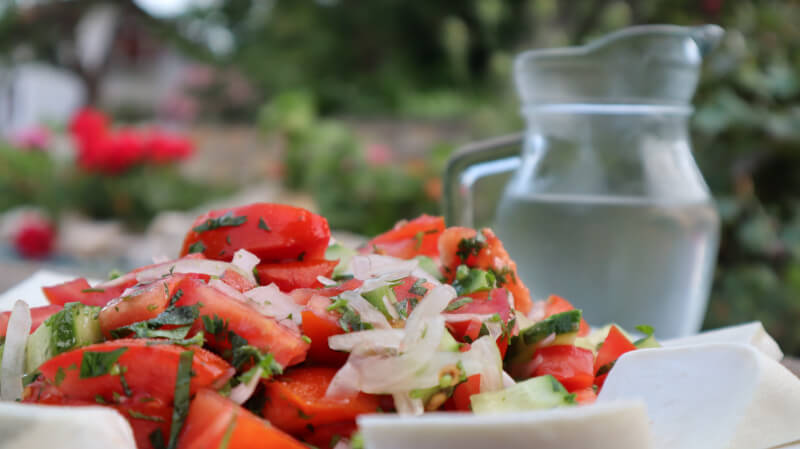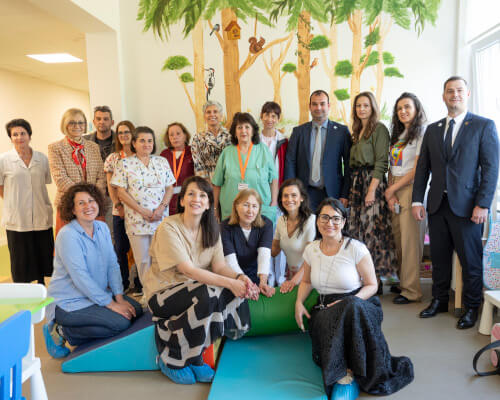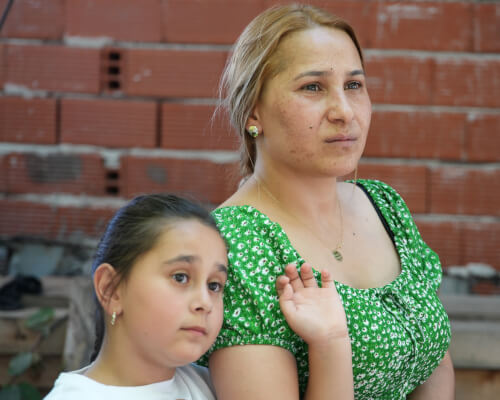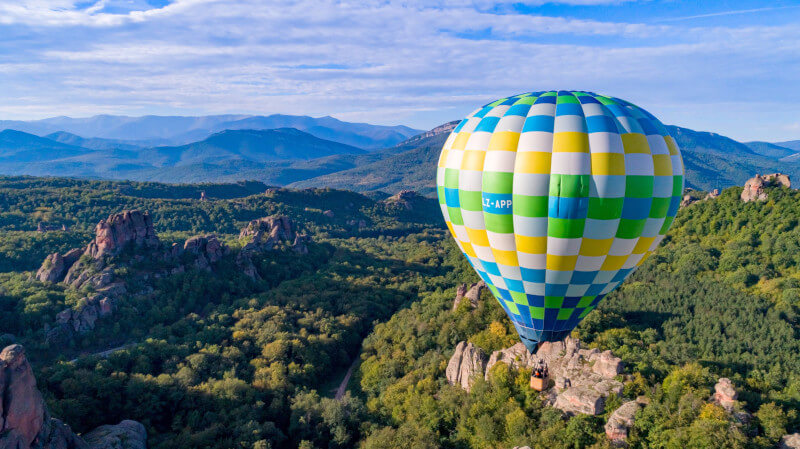
First-time visitors to Vratsa often have to remind themselves they are not on an elaborate film set or wearing VR goggles. The mountains flanking this northwestern Bulgarian town are so striking they seem almost cinematically enhanced.
The Vratsa Balkan, as this part of the Balkan Mountain Range is called, lends itself to contemplation just as easily as it does to climbing, skiing, biking, and other outdoor exploits. And stunning views and recreational opportunities in nature are just some of Vratsa’s many offerings. For its size, the place packs an incredible amount of history and cultural landmarks as well. It is also famed for its hardy, no-nonsense people.
Recognizing the Vratsa region’s potential, in 2019, the America for Bulgaria Foundation embarked on a long-term endeavor. In partnership with Vratsa Municipality and event management company Key Events Communications, the Foundation launched Open Vratsa, a tourism portal promoting the region’s wealth of natural resources, cultural activities, and amenities. Not only is Open Vratsa a one-stop shop for travel in northwestern Bulgaria, but it also serves as a focal point for a growing community of tourism entrepreneurs in the region.
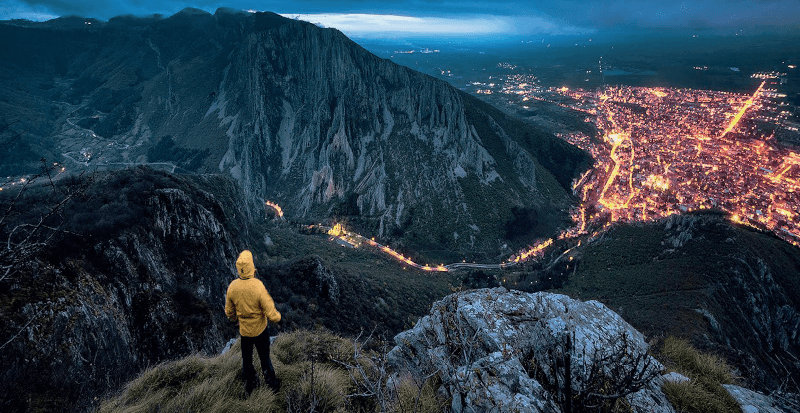
Five years on, the Foundation’s work in tourism development in the whole of the Bulgarian North continues. Our latest initiative toward that goal is a request for proposals for tourism projects in Northwest Bulgaria and along the Danube. (Get your applications in by February 10, 2024!)
Here are some of the amazing recreational and cultural opportunities the North has to offer and that the Foundation has proudly supported over the past five years. Read on at your own risk: many have fallen captive to the region’s allure!
Northwest Bulgaria Bike Tour
Long stretches of well-maintained road with virtually no traffic; views of open green fields and dramatic cliff drops; compact villages with friendly residents; fresh water sources at regular intervals; the occasional dairy farm or orchard and roadside vendors of fruit and dairy products—the Bulgarian Northwest is a road biker’s paradise.
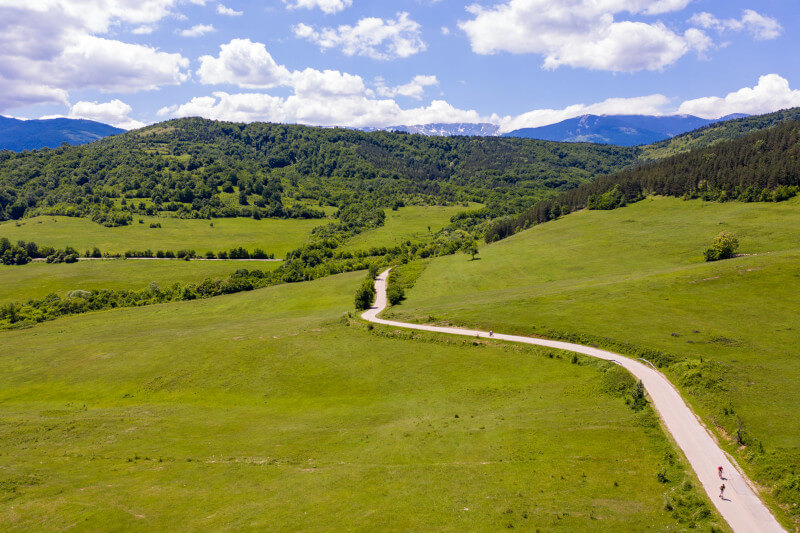
Elenko Elenkov of Sofia-based running club Begach thinks so, too. He knows the region holds enormous potential: he has been coming to stay at his family’s house in the village of Mitrovtsi, a few miles from the border with Serbia, since he was a child and has traversed the entire area on his bike. But the region, considered the EU’s poorest, is virtually unknown among Bulgarians, and its relative remoteness from the capital and the absence of cycling infrastructure have kept it off the cycling circuit.
Elenko wants to help change that. For the past three years, Begach teamed up with cycling club Koloezdach to organize the Northwest Bulgaria Bike Tour, an annual cycling event for a variety of ability levels. Scheduled over a weekend and usually involving an overnight stay, the tour promotes the Northwest among a fast-growing community of individuals and families pursuing an active lifestyle. Hundreds of Bulgarian and international visitors have taken part in the tour’s three editions.
Registration is now open for the 2024 edition of the Northwest Bulgaria Bike Tour, which will be held on May 25 this year.
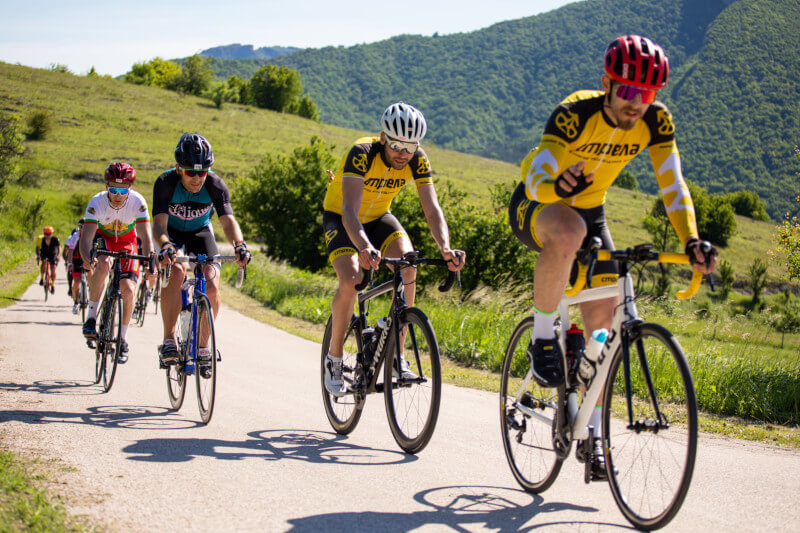
Carpets, Nature, History, Food
There’s plenty to see and do in the region after an energizing bike ride. Be sure to visit Chiprovtsi, the erstwhile capital of Bulgaria’s carpet industry. You would want to reserve a good part of the day for the tenth-century Chiprovtsi Monastery and the Chiprovtsi History Museum in town. (The novelty souvenirs in the renovated museum gift shop would make great presents for your loved ones!)
Chiprovtsi is one of the country’s oldest cultural centers and keepers of Bulgarian traditions. It was here that Bulgaria’s first modern, secular school was founded in the seventeenth century. The first history of Bulgaria was also written here, in 1667, by Petar Bogdan, a Roman Catholic archbishop and a key Bulgarian National Revival figure. Last but not least, few places have better exemplified the country’s reputation for tolerance than Chiprovtsi, where Orthodox and Catholic Christians have coexisted peacefully for centuries.
Enjoy some local hospitality by paying a visit to Karyana Goat Farm Cooperative and the microbrewery Chiprovsko pivo—two local startups working for the region’s overall advancement by cultivating partnerships with other food and beverage producers, guesthouses, restaurants, and community centers.
After you have had your fill of beautiful patterned fabrics, cultural landmarks, and gastronomic delights, head northwest toward the village of Chuprene, where you can admire the 120-year-old clock tower. Chuprene Nature Reserve—one of Bulgaria’s biggest and containing the country’s oldest conifer trees—is also worth exploring.
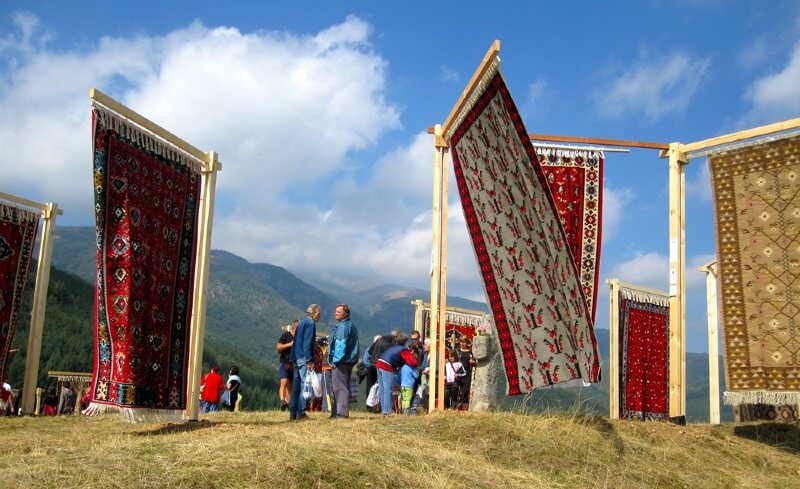
Further north, in Belogradchik, linger before the odd-shaped stone giants of the Belogradchik Rocks. Nestled amid them is the majestic ancient Belogradchik Fortress, one of Bulgaria’s best-preserved strongholds and a cultural monument of national importance.
For a bird’s-eye view of the Belogradchik Rocks and the fortress, rent a hot-air balloon ride with Adventure Center Belogradchik.
The River and Its Many Secrets
The Danube River is an explorer’s heaven: both manmade and natural wonders await adventurers along the 2,850 km (1,770 miles) stretch of coastline from the Black Forest in Germany to Ukraine’s Black Sea coast, but for the river’s best-kept secrets you would have to visit its right bank in Bulgaria.
Ancient and medieval fortresses, “mad” forests, reedy lagoons teeming with wildlife, haunting monuments to socialist urban planning, Europe’s oldest rock monasteries, kayaking and trekking expeditions, mountain and river fare, charming guesthouses and unforgettable encounters with locals, tucked-away museums… You name it, Bulgaria’s Danubian stretch has it!
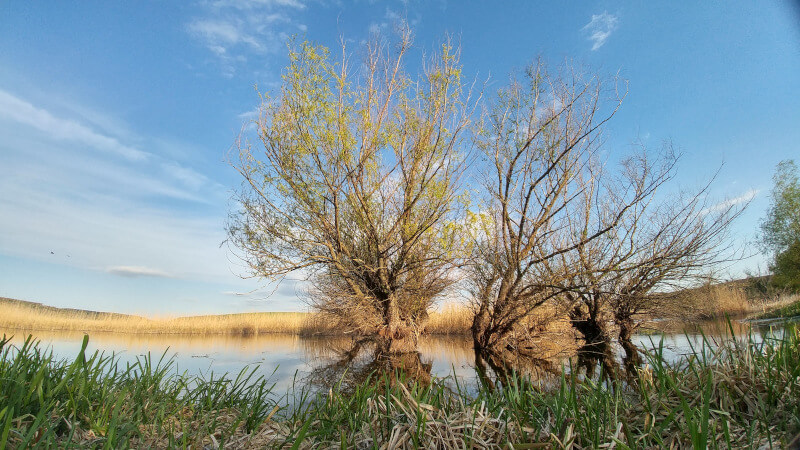
You can find out for yourself by following the Dunav Ultra route — a 460-mile cycling route connecting the Bulgarian Northwest with the Black Sea coast and running mostly along the length of the Danube River. (Dunav is the Bulgarian word for Danube.) Route developer and entrepreneur Boris Begamov first traversed the route in 2014 as a personal endurance challenge, reflected in the “ultra” part of its name: his goal was to cover the distance of nearly 460 miles by bike in under 48 hours. The more he got to know the side roads, layered history, and diverse communities along the river, however, the more captivated he became. This is why Boris has spent the past decade working with locals to develop the region’s enormous tourism potential and shouting about it to the world.
And while cycling adventures along the route have a special charm, travelers can explore the region using their preferred mode of transportation. The Dunav Ultra app, whose development was supported by ABF, will guide explorers to the best places to stay and eat and all the natural and cultural sights worth exploring. Uncovering the 100 Dunav Ultra Sights will stimulate all your senses and take you on a unique journey through time and space.
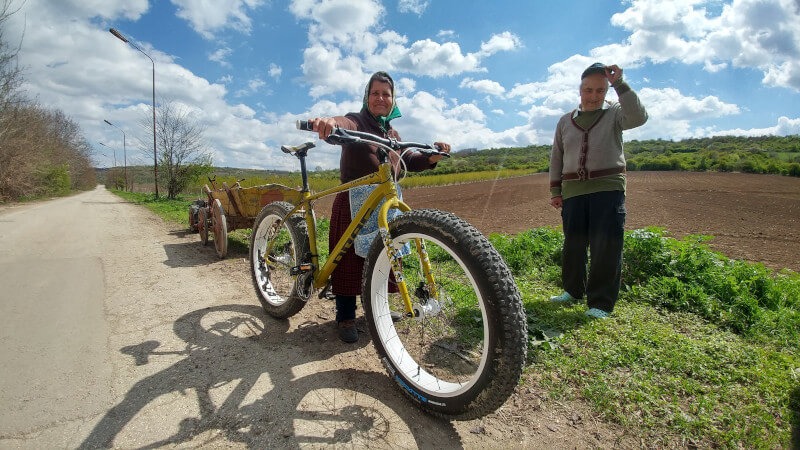
Off the Beaten Track
Unless you are an international truck driver, chances are you won’t be headed to Oryahovo anytime soon. But this tiny Danubian town is home to more than just a ferry connection to Romania and Central Europe. Beautiful turn-of-the-century architecture in downtown Oryahovo bears witness to the town’s commercial and cultural importance in the early twentieth century.
Your exploration of this gem of a town won’t be complete without a visit to the Oryahovo History Museum, where you will learn about the town’s beginnings in Antiquity and its transformations over the centuries. Through the museum’s Echo of the Centuries initiative, you will get a taste of medieval life in the area. Guided archery practice is offered to visitors to the Rock, a medieval fortress managed by the museum.
To learn about the life and work of one of Bulgaria’s most beloved composers—whose “Danube Horo” is a playful tribute to the river—be sure to pay a visit to the Diko Iliev Museum, which is a part of the Oryahovo History Museum complex.
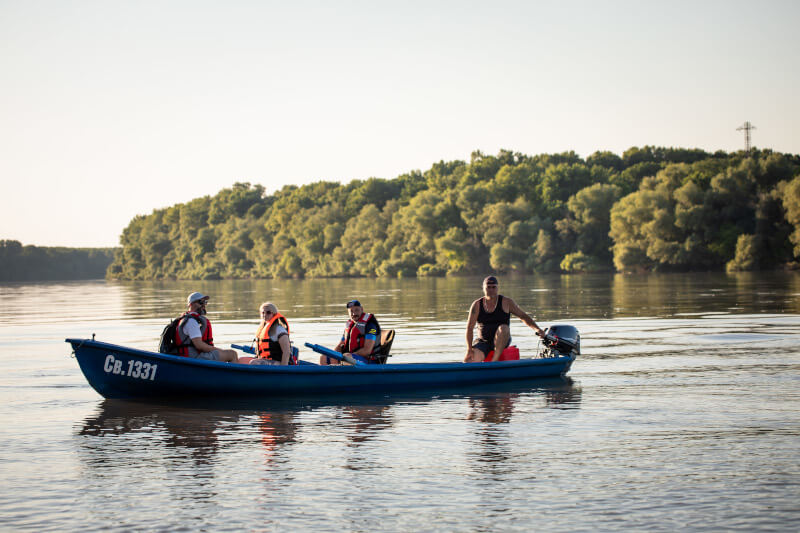
Find out who Van Man is and why one of China’s most prestigious art institutes is named after a Bulgarian by visiting the museum’s newest permanent exhibition, Marin Varbanov—the Prince from Oryahovo.
And while you are exploring the museum’s many treasures, purchase a copy of the book Window to Goodwill for a glimpse into Bulgaria’s long, proud history of philanthropy. Proceeds from the book support local initiatives.
Further east, diminutive Nikopol boasts a rich history and an increasingly active local community. “The City of Victory” (from Greek) has been a meeting point for Thracians, Greeks, Romans, Bulgarians, Slavs, Ottomans, and many others over the centuries. In the 1396 Battle of Nicopolis, it became the site of the last large-scale crusade of the Middle Ages.
The medieval fortress and churches are must-sees, but for a truly layered experience, be sure to pause at the Fountain of Elijah, set in a tombstone and immortalizing the love of Fronton, a second-century Roman clerk, for his late wife, Elijah. Seventeen centuries later, the inscription Fronton dedicated to his wife moved French explorer Dijardin so much he had a second, equally touching inscription made.
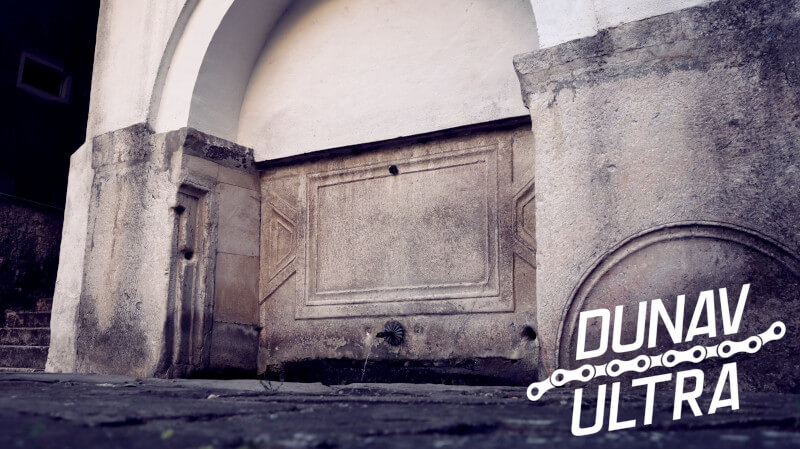
Fancy a change of perspective? Discover Nikopol through the eyes of a fisherman by booking a fishing and sightseeing tour with one of the skilled guides from the Amour Nikopol Association. In addition to learning about one of the oldest trades in the world, you will get an insider’s tour of nearby islands and the only river-facing rock church in Bulgaria.
A Place of Contrasts
Alongside lush natural habitats swarming with wildlife are grim reminders of unrealized industrial projects and haunting tributes to communism’s repressive system. The town of Belene sits on the right bank of the Danube River, facing the eponymous island (also known as Persin Island), the largest island in Bulgarian waters and an important part of Persina Natural Park. The island hosts the former Belene labor camp for political prisoners, active during the communist dictatorship in the country.
What is more, Belene is home to an active community of nature and democracy activists. Visitors can book a tour of the island through the Belene Island Foundation, an organization committed to preserving the memory of communism’s victims and to transforming the town and its surroundings into a place of year-round tourism.
The town also hosts an annual summer school on memory of the recent past for students, run by civic education–focused nonprofit Sofia Platform. The organization also developed Belene.Camp, a platform offering virtual conversations with communist labor camp survivors and a virtual tour of the town and former camp sites.
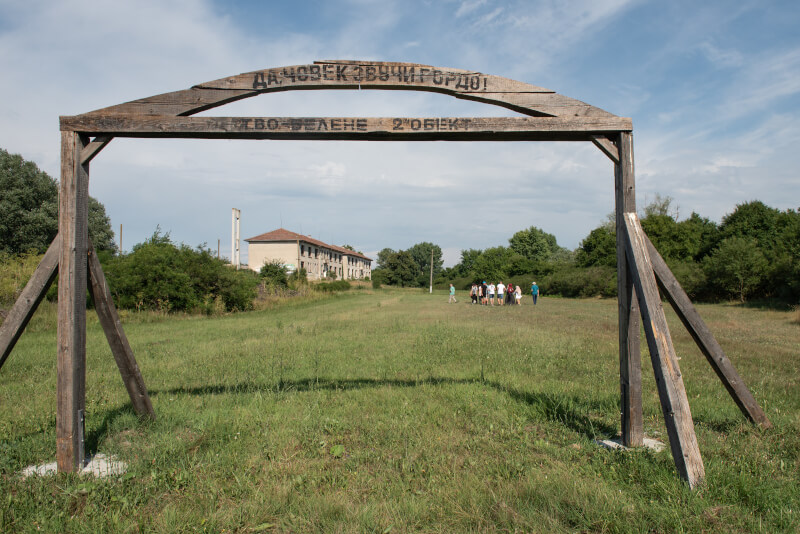
Belene also boasts the first monument to Pope John Paul II in Bulgaria; the ruins of the ancient Dimum castrum fortress; two catholic churches, one of which is a cultural monument housing the sanctuary of Bishop Eugene Bossilkov, who was beatified by Pope John Paul II; and the Dimum neighborhood, with hundreds of abandoned apartments built for the workers of the never-constructed Belene nuclear power plant.
In the past few years, Belene Island has seen a rise in the Dalmatian pelican population after the birds had nearly disappeared. Due to the hard work of several organizations, there are now several colonies of the Dalmatian pelican nesting in the country. The Dalmatian Pelican Festival, held in July, celebrates the return of the pelicans to Belene Island.
Pelicans are far from the only birds nesting in the area. The Belene Islands Complex is a protected wetland area of international importance that is home to hundreds of rare birds and plants. As such, the region is a paradise for birdwatchers and nature lovers.
Explore the island and the region by signing up for Persina by Bike, a multi-day bike tour for the whole family, developed by the Dunav Ultra team and held every summer.
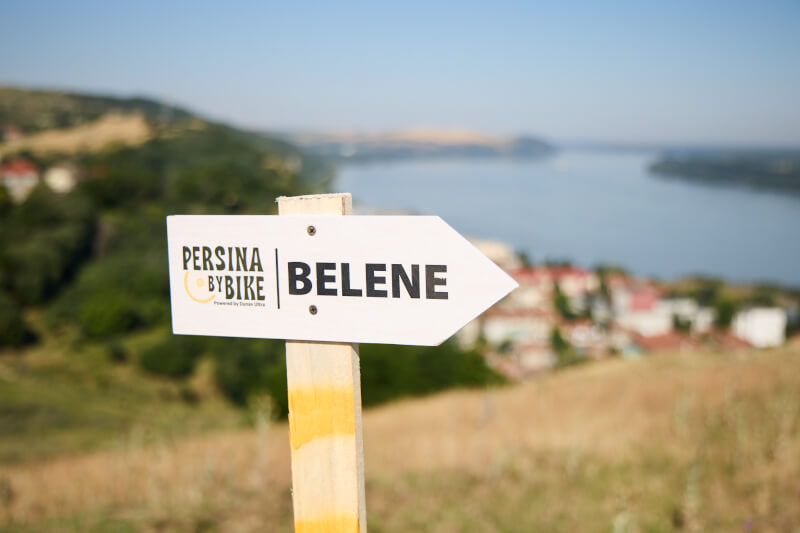
Through Mad Forests on to the European Troy
Following the Dunav Ultra route eastward will take you through an area called Ludogorie (“Mad Forest Area”). Sadly, few forests remain due to centuries of logging, but travelers will be delighted by the picturesque villages, gentle undulating hills, beautiful lakes and rivers—and some of the wildest folk tales anywhere. (Step aside, Hans Christian Andersen!)
The end point of the Dunav Ultra route is one of the most interesting and least-known places in Bulgaria. Durankulak Lake is one of the last well-preserved coastal areas in the country, and on Big Island, also known as the “European Troy,” near the village of Durankulak, archeologists have found remains of one of Europe’s oldest settled populations.
If planning isn’t your forte and you’d rather have someone else handle the tedious bookings and other travel logistics, get in touch with Traventuria’s experienced tour guides. Watching rare birds along the Danube, tasting river-sourced delicacies, staying in authentic guesthouses, learning fascinating tidbits about the sights along the Danube coast, venturing out into the wildest corners of the entire Bulgarian north—Traventuria will make sure your trip is truly unforgettable!
